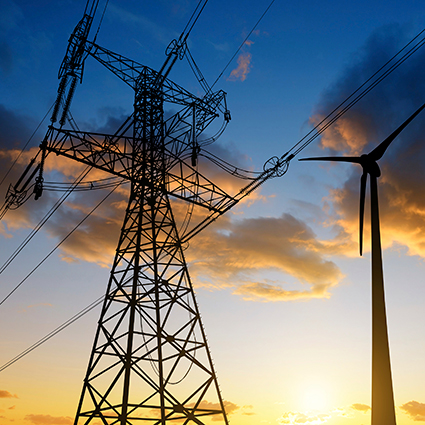Electricity systems around the world are changing very dramatically and very quickly. For reasons relating only partly to climate change, generation is moving away from fossil-fuelled plant and towards renewable energy and nuclear power. Most designs of renewable energy harvesting systems and nuclear generation are intrinsically inflexible: you can turn them down but you cannot turn them up at any one time and the effect of turning them down is to discard electrical energy that might otherwise have been gathered at zero marginal cost.
The old model of electricity generation, transmission and distribution is dying and a new model is coming into play. In the old model generation happened primarily in large centralised plant and was distributed to consumers along transmission lines that only ever carried power in one direction. In the new model, “consumers” are being replaced very substantially by “prosumers” – parties who are sometimes net consumers of electrical power but are often net generators. In this new model, two-way power flows occur in many power lines and the roles of the utilities, the distribution network operators and the transmission system operators are changing profoundly.
Previously, the entire electricity supply business has been built largely on the idea that electrical energy (measured in kWh or MWh of energy) was the main product. Because the costs of onshore wind and PV have fallen so much (and are still falling steadily), the unit cost of electrical energy is plummeting. We are realising that the ability to supply (or consume) electricity flexibly itself has high value.

